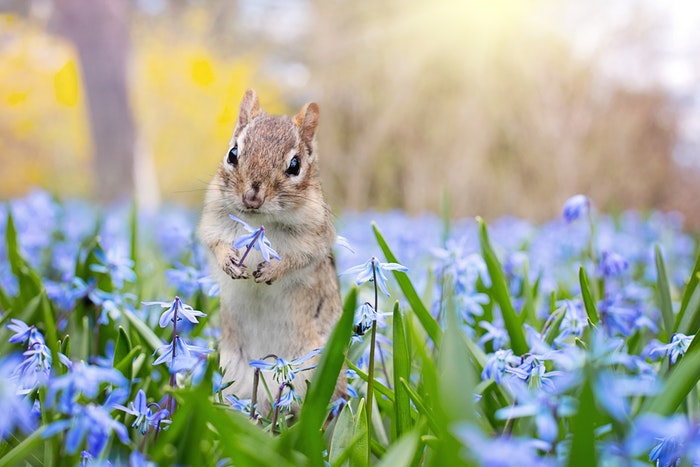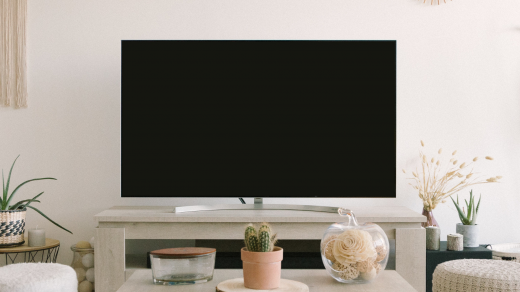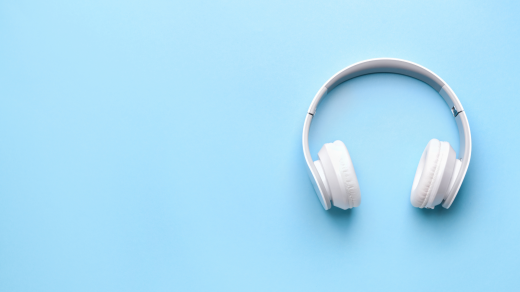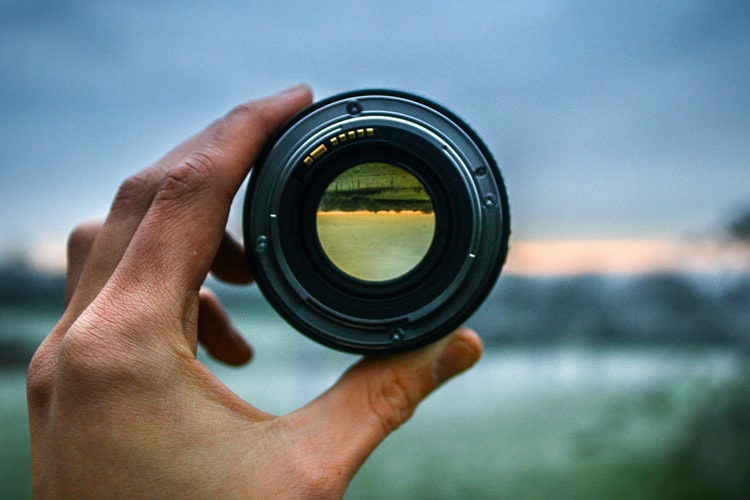I like nature photography because of my love for flora and fauna. However, this venture has its fair share of challenges due to the variety of subjects and movements involved. But with some tips from experts, I have been able to hit the trail and capture some of the most stunning images. They include the following:
Respect the Wildlife and Their Environment
Whenever I embark on a nature photography mission, I make sure that I only leave my footprints–leaving the environment as pristine as possible. Even for the biodegradable rubbish like banana peels, I always take them home. Nature is composed of a sensitive world that is home to an array of living things, and should thus be undisturbed.
Carry Crop Sensor Camera Body
Although I have both the crop sensor camera body and a full-frame, I always bring along the crop sensor camera. With a crop sensor camera, the lenses produce a desired effective focal length. This comes in handy when shooting animals. When snapping animals, I maintain a certain distance to avoid scaring my subjects. A crop sensor camera body gives a 1.6x magnification over the full-frame camera, implying that with a crop sensor, I have to move as close as possible to my targets.
Applying Different Angles and Perspectives
When planning for nature photography, I do it to meet my needs and all that will make me happy. I don’t plan to meet another person’s sense of style, or to please anyone. I have not hit the professional level yet, and so, I always take time to through the works of other photographers to get a glimpse of what quality entails.
I pay attention to the angles used, the coordination of colors within a frame, and the distance maintained with the subject. After this analysis, I sometimes try different approaches like varying the angle. For instance, where others shoot at wide angles, I shoot a close-up.
There’s a wide range of beautiful setups in the outdoors, and I always aim to maximize every moment. In as much as I review works by various experts, I employ my own creativity both in shooting and editing.
Shooting During the Best Time of the Day
From experience, dawns and dusks are the best time to do the shooting. One of the advantages of shooting either early in the morning or the evenings is because there are fewer crowds. This is particularly convenient in areas with high tourist traffics such as famous landmarks and popular national parks. Still, most animals are active at dawn or dusk but escape the heat during the day.
Using Natural Lights
If I want to shoot great natural photos, then I aim them either in direct or indirect light from the sun or the moon. Before sunset or just after sunrise, the light is softer and hazier. It’s at this time that I’m assured the harsh midday shadows are eliminated, and the objects well illuminated.
Subjects like the leaves of a tree or a hummingbird are softly lit with the golden hues of a setting or a rising sun. Such lights add an emotional overlay to my photographs, and there’s a clear difference between shots taken in the morning and evening.
Using the Best Camera
I always trust whatever camera that I have as the best there is. I have in the past created some amazing photography using Android devices. Therefore, it’s not a must that I arm myself with a DSLR. Any gadget with a smaller aperture, dual lenses and optical zooming is up the task.
Packing the Right Gear
Besides the high tech lenses and cameras, other things are crucial when venturing out for nature photography. These include batteries, tripods, appropriate clothing, gloves, hats, and jungle boots. I also bring a compass to help in navigation.
Study the Subjects
One critical aspect of nature photography is to study the subjects. This helps me to capture the images of the things that I understand. Additionally, once I know the habits of my subjects, then I can also predict the shots. For example, I would know when a plant is about to bloom, or when a swan is about to charge. If an animal does not exhibit hostile traits, then I can be sure of safely capturing close-up photography.



